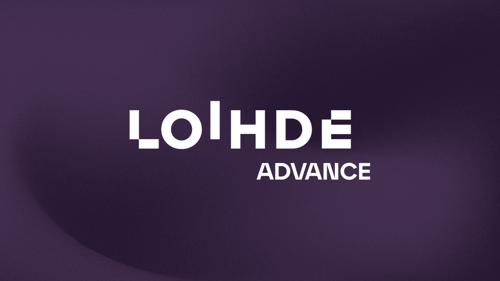Exceed your sales targets with personalised persuasion techniques
I usually start my workday by launching Spotify on my computer. Music is not really my passion. I am not actively looking for something new to play. Rather, I return to my golden oldies until they become boring. Then I turn to playlists provided by the Spotify team. I am also subscribing to some social playlists, where my friends and ex-colleagues add songs. I could also look for public playlists created by communities.
But for some reason, I choose the playlists created by Spotify. After I read a book called Persuasion profiling - How the Internet knows what makes you tick by Maurits Keptein, I understood the reason. It appears that I am more inclined to look for recommendations from authority, rather than community.
Keptein's book is an easy-read book about six different persuasion techniques. These widely researched techniques have been used in brick and mortar for years.
Keptein claims that ignoring persuasion online is one of the reasons for low conversion rate.
The six persuasion techniques
1. Reciprocation
Reciprocation is based on humans’ tendency to return a favour. In the digital world, the most common application of reciprocation are prompts to sign up for a newsletter and get 10% off the next order.
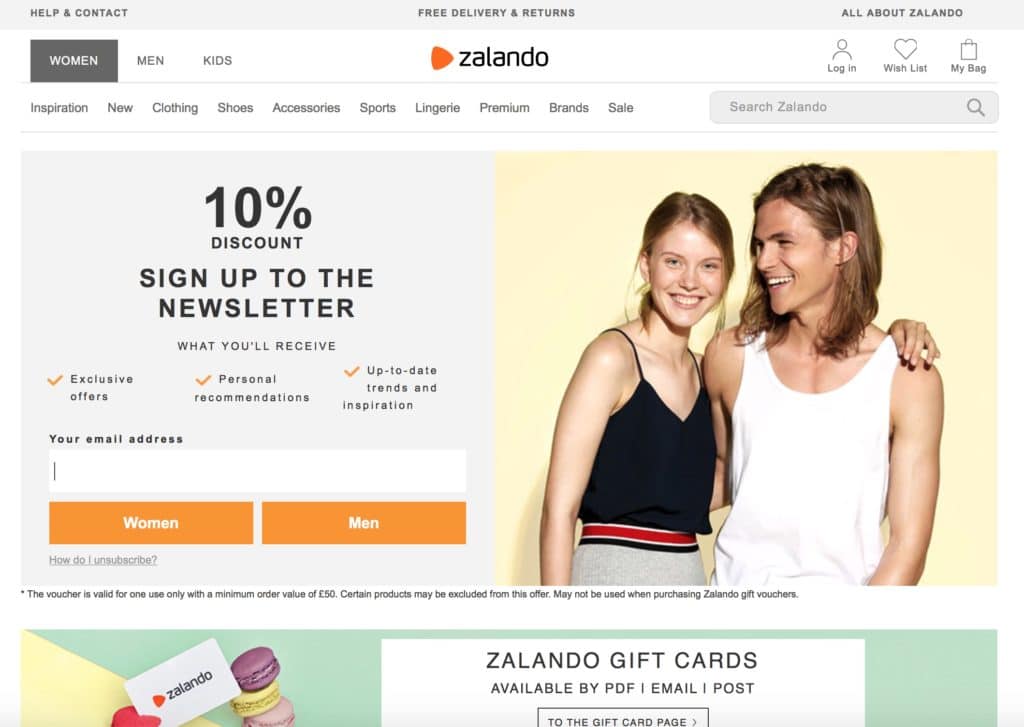
2. Authority
People tend to listen to experts. Of course, in today’s world an authority is not what it used to be in the past, for example journalist vs blogger. Nevertheless, people value the opinion of someone they trust. In digital, many brands leverage bloggers in this area, either by featuring them in company’s advertising as recommenders or by utilising product reviews by a blogger.
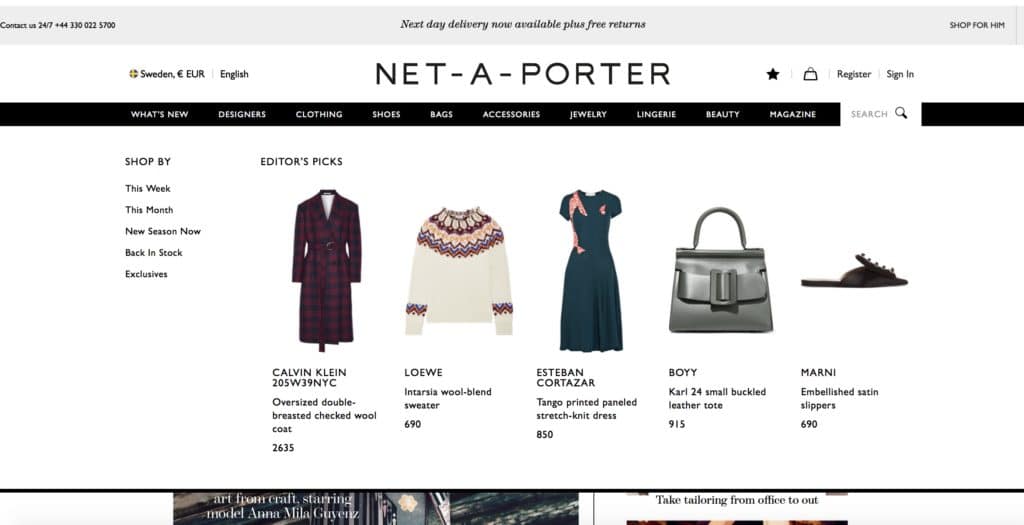
3. Social proof
Sometimes it feels safe to choose the popular product. It must be a good product, since so many others have bought it, right? I bet the majority of online stores have some kind of “popular products” listing for this purpose. Also rate & review falls into this category.
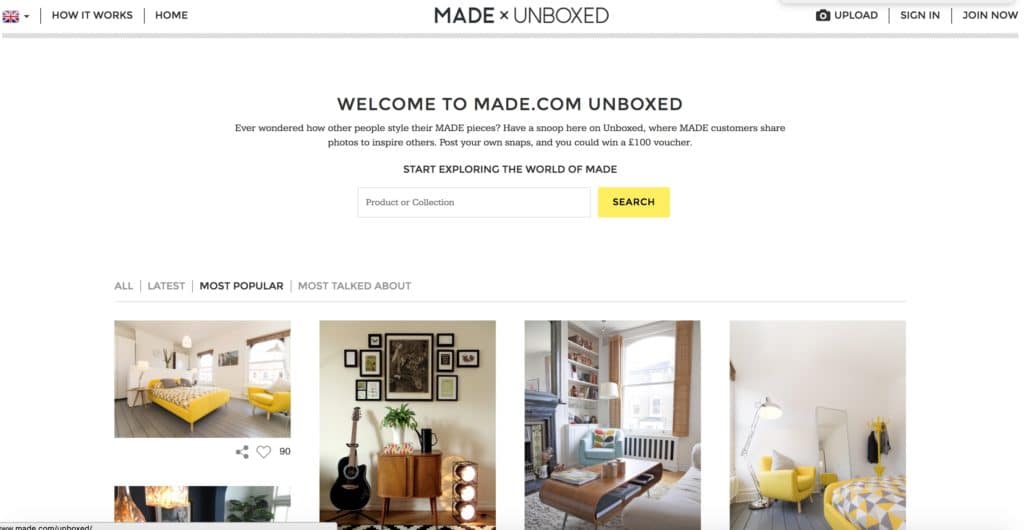
4. Commitment and Consistency
When you get a promise or strong intent from someone to do something for you, the action will follow more likely than without the promise. The possibility to “Like” product in an online store, or put products into wishlists, are features build for this desired behaviour.
5. Liking
People tend to be nice, when you are nice to them. Very simple. This is probably the most difficult technique to translate into digital, but I do have one example. People, who are developing a digital collaboration platform called Slack, have put a lot of thought on the copy texts used in the application. When Slack is loading discussions, it might greet you by saying “Hey, you look great”. I don’t know about you but I’ll choose this anytime over simple “Loading, please wait” message.
6. Scarcity
If something is available only for a limited period of time or the number of available products is limited, people will hurry to get theirs. Airlines are a good example of utilising this technique. You will speed up your decision-making process when you see that there are only a couple of seats left. Some airlines even promote a pre-purchase option before committing with full price. When you see such an option, you begin to wonder if you should “lock” your choice until you have all the rest of your travel plans sorted out. Since, who knows, tomorrow the aircraft might already be fully booked.
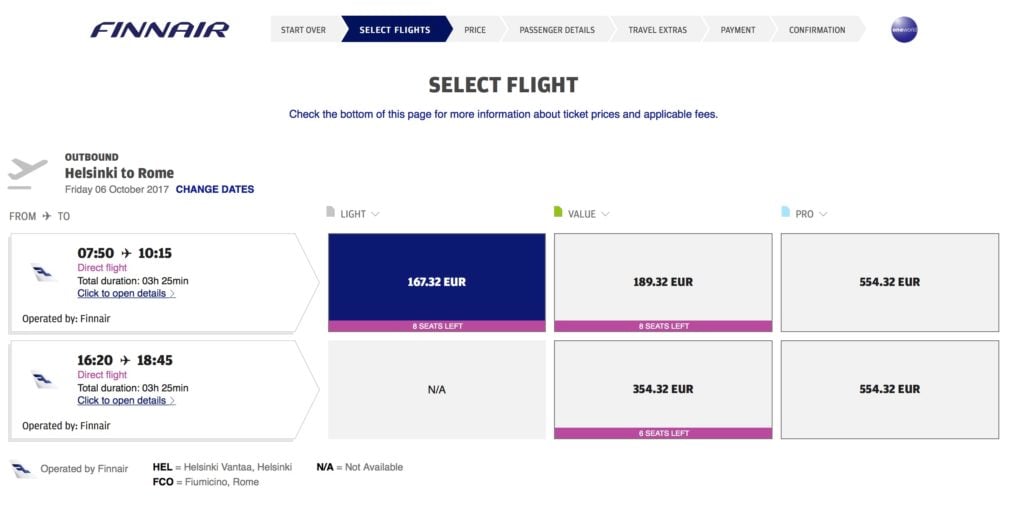
How to profile persuasion in digital environment?
The widely researched persuasion techniques from brick and mortar are to some extent already used in online stores, so what’s new?
One word: Profiling.
The difference between brick and mortar and online is that in digital it is harder to “read” the customer. When you’re face to face with a customer, you can, if you’re a good sales person, read even non-verbal feedback and adjust your arguments to close the deal.
Maurits Keptein has done his research and states that not all techniques work for everyone. If your online store only sells products which are “popular”, you will turn down people who don’t want to go with masses.
However, Keptein also says that people tend to be pretty consistent on what works and what does not - regardless of what they are buying.
He also noticed there was an increased probability for conversion if the preferred type of persuasion messaging continued throughout the customer journey.
How to get started?
There are a couple of ways to implement persuasion profiling in your online store (or any digital service like content/media site).
1. Use a wide range of persuasion techniques
Obviously, this is not profiling as such, but it is the first step you would need to take also when implementing more advanced solutions.
You need to think about:
- concepts
- copy writing
- customer journeys
You can utilise this work right away
- by introducing some variety to your
- copy writing
- product and content presentation
- by optimising the customer journeys
By testing and diving into analytics, you’ll start seeing if variation in persuasion messaging and concepts are paying off.
2. Personalise based on browsing history
After you have tuned up your messaging and maybe implemented some new concepts to your site, it is time to start personalising. The simplest way is to draw conclusions from the browsing history and start optimising. Again, you will see the results and needs for adjustments by testing and looking at the analytics.
3. Implement persuasion profiling API
If you want to fully leverage the science behind persuasion profiling, you could also look into implementing a persuasion profiling API.
Curious to learn more about API? More information from the sources below:
5 Questions about Persuasion Profiling
Explaining Persuasion API
or buy the book Persuasion Profiling: How the internet knows what makes you tick.
Check out also Asko's blog post:



